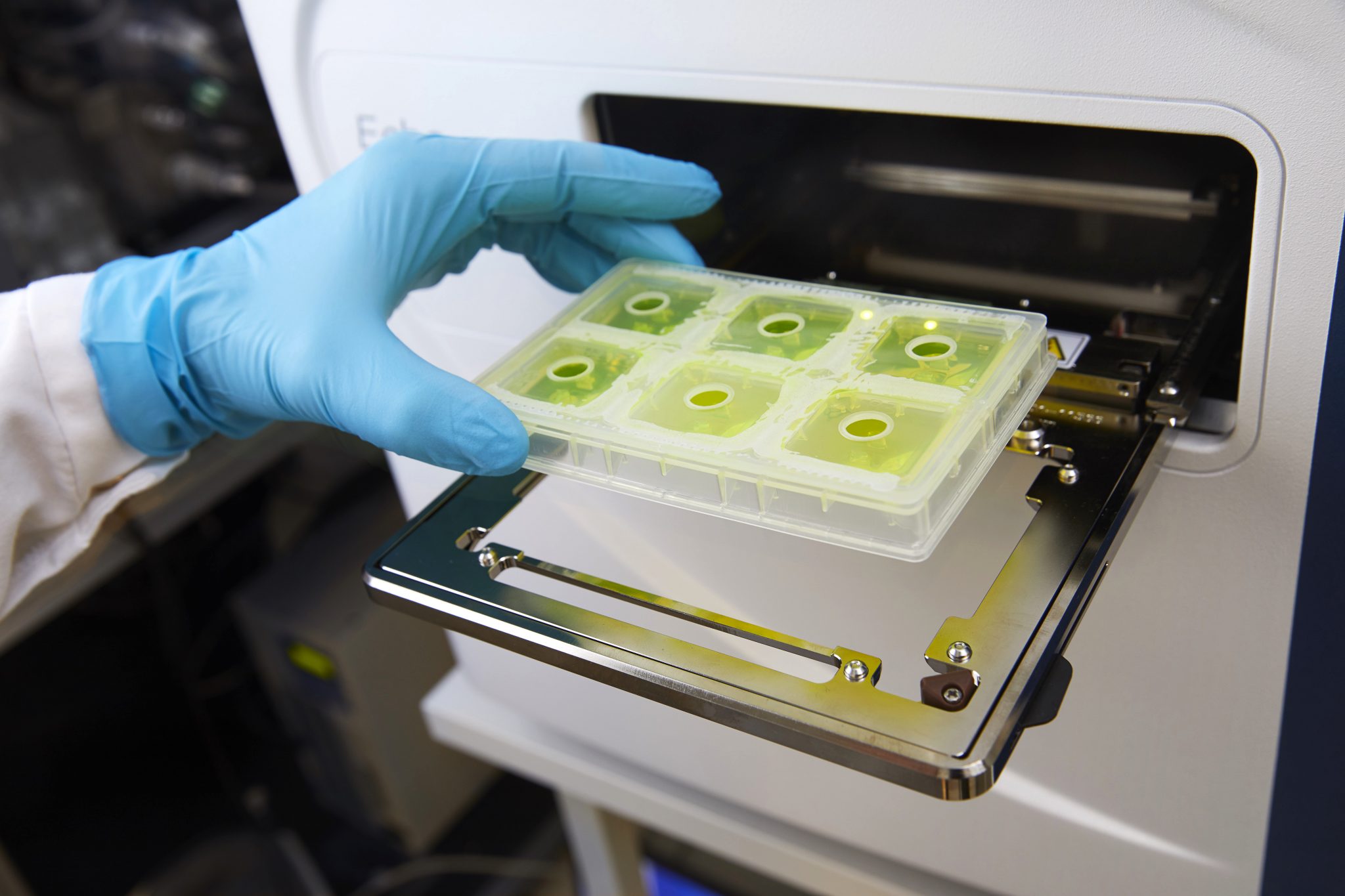Evolution of Darwin’s finches and their beaks
A team of scientists from Uppsala University and Princeton University, led by Leif Andersson at SciLifeLab in Uppsala, has now shed light on the evolutionary history of Darwin’s finches and have identified a gene that explains variation in beak shape within and among species. The study was published in Nature, on the day before the 206th anniversary of the birth of Charles Darwin.
Darwin’s finches are a classical example of an adaptive radiation. Their common ancestor arrived on the Galapagos about two million years ago. During the time that has passed Darwin’s finches have evolved into 15 recognized species differing in body size, beak shape, song and feeding behaviour. Changes in the size and form of the beak have enabled different species to utilize different food resources such us insects, seeds, nectar from cactus flowers as well as blood from iguanas, all driven by Darwinian selection.
‘The most exciting and significant finding was that genetic variation in the ALX1 gene is associated with variation in beak shape not only between species of Darwin’s finches but also among individuals of one of them, the medium ground finch’, explains Leif Andersson.




